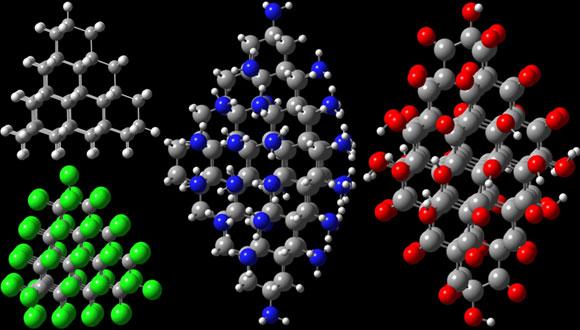סמינר מיוחד בכימיה: Chiral Materials based on Tetrathiafulvalene and Metal Dithiolene Cmplexes
Prof. Narcis Avarvari, Moltech-Anjou, CNRS-University of Angers, Angers, France
Abstract:
Introduction of chirality into conducting systems is a topic of much current interest as it allows the preparation of multifunctional materials in which the chirality may modulate the structural disorder or show its influence through the electrical magneto-chiral anisotropy (eMChA) effect. The access to various chiral electroactive precursors for molecular conductors is therefore of paramount importance [1].
One of the strategies we have been developing over the last years consists in using chiral methylated TTF (tetrathiafulvalene) derivatives in electrocrystallization experiments with the aim of trapping them in radical cation salts under different oxidation stages together with an appropriate anion [2-4]. For example, the radical cation salts of DM-EDT-TTF (dimethyl-ethylenedithio-tetrathiafulvalene) and PF6– anion show semiconducting properties in the enantiopure form and metallic conductivity for the racemic phase [3]. Investigations of the structural features and conducting properties of complete series of radical cation salts (enantiopure and racemic forms) of these families of derivatives will be presented, together with a second family of chiral materials based on metal dithiolene complexes [5]. A special attention will be given to the interplay between chirality and conductivity [6].
[1] N. Avarvari and J. D. Wallis, J. Mater. Chem., 2009, 19, 4061.
[2] F. Pop, S. Laroussi, T. Cauchy, C. Gómez-García, J. D. Wallis and N. Avarvari, Chirality, 2013, 25, 466.
[3] F. Pop, P. Auban-Senzier, A. Frąckowiak, K. Ptaszyński, I. Olejniczak, J. D. Wallis, E. Canadell and N. Avarvari, J. Am. Chem. Soc., 2013, 135, 17176.
[4] F. Pop, P. Auban-Senzier, E. Canadell and N. Avarvari, Chem. Commun., 2016, 52, 12438.
[5] D. G. Branzea, F. Pop, P. Auban-Senzier, R. Clérac, P. Alemany, E. Canadell and N. Avarvari, J. Am. Chem. Soc., 2016, 138, 6838.
[6] F. Pop, P. Auban-Senzier, E., Canadell, G. L. J. A. Rikken and N. Avarvari, Nat. Commun., 2014, 5, 3757.


